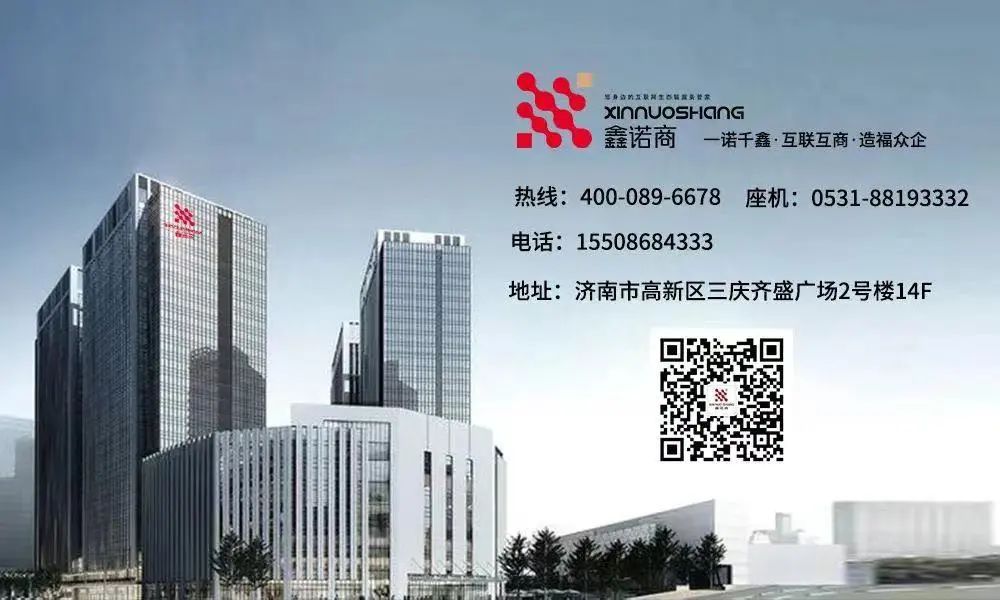吸收提纯法是利用有机胺溶液(一级胺、二级胺、三级胺、空间位阻胺等)与二氧化碳的物理化学吸收特性来实现的,即在吸收塔内的加压、常温条件下与沼气中的二氧化碳发生吸收反应进行脱碳提纯甲烷,吸收富液在再生塔内的减压、加热条件下发生逆向解析反应,释放出高纯度的二氧化碳气体,同时富液得到再生具备重新吸收二氧化碳的能力,从而实现沼气在吸收塔内的连续脱碳提纯甲烷过程,并使得脱碳液进行连续的吸收、再生循环工作。
The absorption and purification method is realized by using the physicochemical absorption characteristics of organic amine solution (primary amine, secondary amine, tertiary amine, steric amine, etc.) and carbon dioxide, that is, it reacts with carbon dioxide in biogas under pressure and normal temperature in the absorption tower to decarbonize and purify methane, and absorb the decompression and purification of rich liquid in the regeneration tower The reverse analytical reaction occurs under heating conditions to release high-purity carbon dioxide gas. At the same time, the rich liquid is regenerated and has the ability to re absorb carbon dioxide, so as to realize the continuous decarburization and purification of methane in the absorption tower, and make the decarburized liquid carry out continuous absorption and regeneration cycle.
变压吸附提纯法是利用吸附剂(如分子筛等)对二氧化碳的选择性吸附特点, 即在吸附剂上二氧化碳相对其他气态组分有较高的分离系数, 来达到对沼气中二氧化碳进行脱除的目的。在吸附过程中,原料气在加压条件下其中的二氧化碳被吸附在吸附塔内,甲烷等其他弱吸附性气体作为净化气排出,当吸附饱和后将吸附柱减压甚至抽成真空使被吸附的二氧化碳释放出来。为了保证对气体的连续处理要求,变压吸附法至少需要两个吸附塔, 也可是三塔、四塔或更多。

PSA purification method uses the selective adsorption characteristics of adsorbents (such as molecular sieves) for carbon dioxide, that is, carbon dioxide has a higher separation coefficient than other gaseous components on the adsorbent to achieve the purpose of removing carbon dioxide from biogas. During the adsorption process, the carbon dioxide in the feed gas is adsorbed in the adsorption tower under pressurized conditions, and other weakly adsorbed gases such as methane are discharged as purified gas. When the adsorption is saturated, the adsorption column is depressurized or even vacuumized to release the adsorbed carbon dioxide. In order to ensure the continuous treatment of gas, PSA requires at least two adsorption towers, or three towers, four towers or more.
低温冷凝提纯法是利用二氧化碳液化温度高的特点,通过低温作用使沼气中的二氧化碳被液化,甲烷组分作为不凝气以提纯产品气排出。为了降低运行能耗,通常采用回热技术将剩余冷量进行回收。
Low temperature condensation purification method uses the characteristics of high liquefaction temperature of carbon dioxide to liquefy carbon dioxide in biogas through low temperature, and methane component is discharged as non condensable gas to purify product gas. In order to reduce operation energy consumption, regenerative technology is usually used to recover the remaining cooling capacity.
膜分离提纯法是利用不同气体组分在压力驱动下通过膜的渗透性作用的不同来实现的,通常情况下二氧化碳的渗透速度快,作为快气以透过气排出,甲烷的渗透速度慢,作为慢气以透余气形式获得提纯产品气。在工程中,为了提高甲烷气的浓度,常采用多级膜分离工艺。
The membrane separation and purification method is realized by using the different permeability of different gas components through the membrane under pressure. Generally, the penetration rate of carbon dioxide is fast, which is discharged as fast gas through gas, and the penetration rate of methane is slow. As slow gas, purified product gas is obtained in the form of residual gas. In engineering, multistage membrane separation process is often used to improve the concentration of methane.
